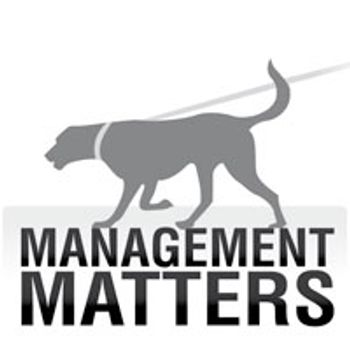
Attract the right candidates for your veterinary team, then hire and train them properly to guarantee success for them and your practice.

Veterinary Economics
Hospital Management Editor Mark Opperman is a certified veterinary practice manager and owner of VMC Inc., a veterinary consulting firm based in Evergreen Colo. Through his firm, he has consulted with more than 800 veterinary hospitals throughout North America, providing assistance in associate hiring, partnership formation, exit strategies, employee issues, profitability, efficiency, and more. He has lectured worldwide at meetings such as Fetch dvm360 conference (formerly CVC), the North American Veterinary Conference, the World Small Animal Veterinary Conference, the Denmark Annual Congress, and the London Veterinary Forum. Opperman founded the Veterinary Hospital Managers Association and served as president until 1993. Through his VMC School of Veterinary Practice Management, he has trained more than 250 practice managers.

Attract the right candidates for your veterinary team, then hire and train them properly to guarantee success for them and your practice.

6 practice systems to poke, prod and palpate every week, month and year to make sure your veterinary practice is healthy.

Use this form to give your practice a physical exam.

Surpass so-so and clinch clients.

When it comes to running a clinic, lack of communication is not an option. Mark Opperman reveals the best ways to keep your employees in the loop.

When you discount-in the exam room or in your latest promotion-you're not just slashing prices. You're shortchanging your team, your profession and yourself.

Don't do a cash discount. Instead offer a product or service to your veterinary clients.

The veterinary industry is headed in a bad direction with higher debt loads, more seats in classes and less job prospects. We need to encourage our associations to do something about it.

Finally ready to take your practice into the 21st century? Here are some easy-to-implement strategies to get your hospital up to speed-and maybe even surpass others.

Fight the urge to take over the tasks you just delegated.

Get creative when courting customers.

Demonstrate value to clients and watch numbers rise.

Tread carefully when someone offers you a loan. Make sure you can comfortably afford it before you sign.

Show your true colors stand out from the pack.

Rules are rules and shouldn't be broken?even by those who make them.

The best greeting you can extend is a thorough training and orientation program. The more time you spend on these crucial introductory steps, the more likely your new hire is to stick around-and flourish.

Personalized service pays off.

This handy interactive worksheet lists possible costs associated with employing an associate doctor. The resulting number is the associate's total compensation rate, which shouldn't exceed 25 percent. If it does, you're paying the associate out of your pocket and reducing your return on investment.

The Four Tier compensation formula accounts for equine veterinary partners' unique contributions to the practice.

Keep things fresh and your professional outlook will remain positive.

The slower economy may have offered an unplanned vacation for your front entrance. Use these tips to get clients back on your appointment schedule-and into your hospital.

Analyze these key areas of your practice finances and identify potential savings.
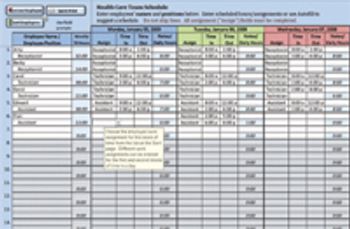
Your inventory costs to gross should be 14-16%

What makes the Ritz Carlton THE RITZ CARLTON? Why do they consistently provide the gold standard in customer service? Let's find out!
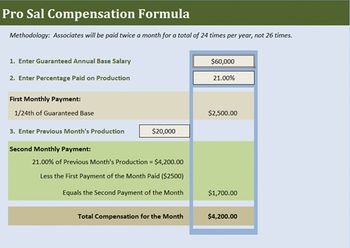
Production is defined as fees generated and collected for services the doctor is formally involved in the delivering.

It's easy to forget that our clients do not necessarily understand the jargon, acronyms and terms that we use every day and take for granted. Using plain language involves translating our language into language that the client can understand.

The Big Question – Should I Extend Credit?
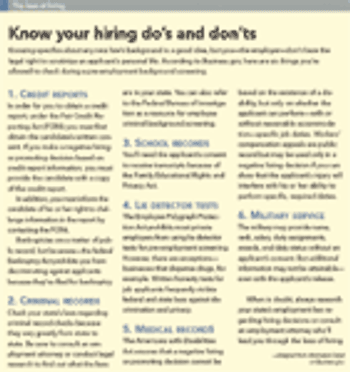
Don't put your veterinary practice at risk. Find out about job applicants before they turn into team members.

Q. Our staff members seem lost and unmotivated. How can I get them back on track?
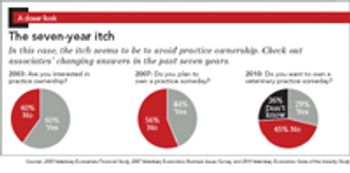
Associates are turning away from traditional practice ownership in greater numbers. Can the industry bring veterinary ownership back to life?